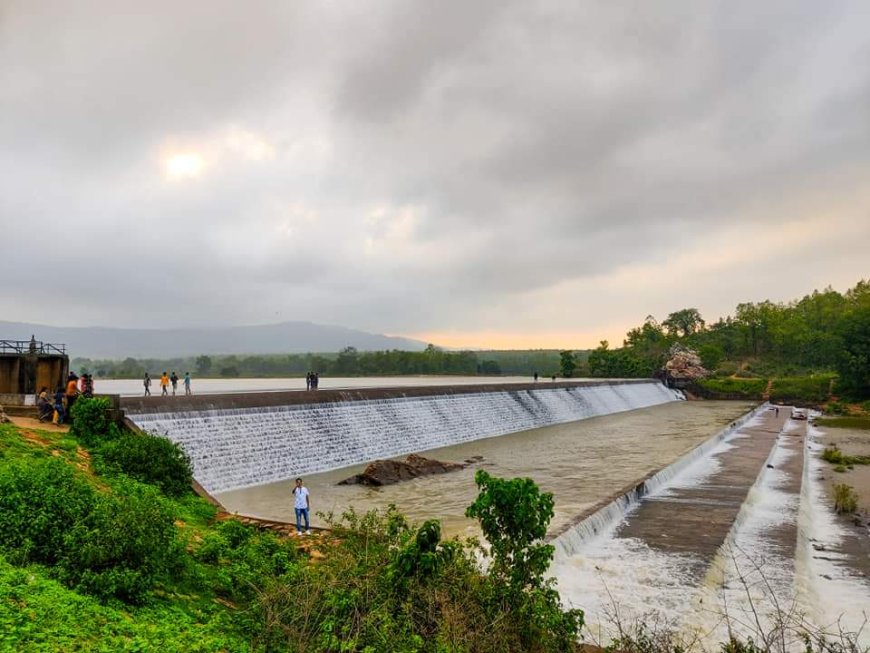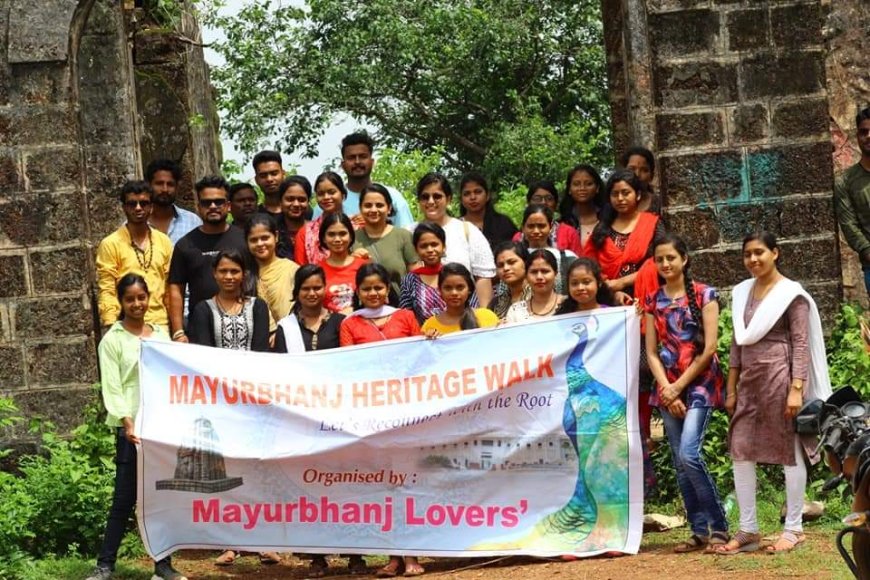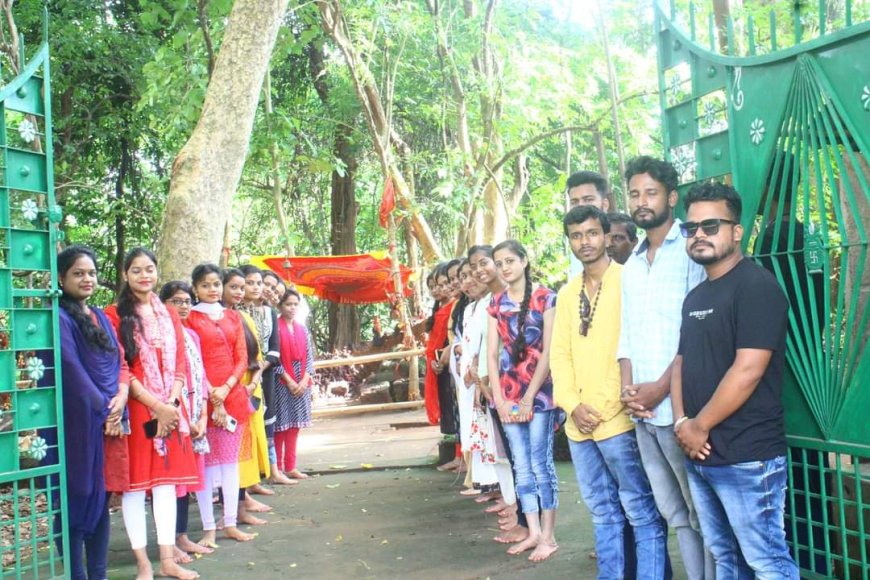Mayurbhanj Heritage Walks Team Tours Historic Balidiha Dam, Maa Naka Kati Thakurani
Baripada: Under the banner of Mayurbhanj Lovers Family, members of Mayurbhanj Heritage Walks visited the beautiful and historic Balidiha Dam, the first water reservoir project of the erstwhile Mayurbhanj State.
The heritage enthusiasts also visited the shrine of Maa Naka Kati Thakurani, the garden and visitor’s facility near the dam site which was built by the former rulers of the North-Eastern princely state of Odisha. The group comprised both young, middle-aged and elderly who have tremendous interest to know the rich heritage of Mayurbhanj.
The active members of Mayurbhanj Lovers and the Mayurbhanj Heritage Walks spoke about the historic dam site and the history and saga of Maa Naka Kati Thakurani.
According to sources, the Balidiha project was undertaken during the rule of Maharaja Shri Ramchandra Bhanjdeo and the then State Engineer Jarnold Martin Loe had constructed the dam at Baldiha, for which work started in 1910 and was completed in 1912.
Situated 28 km from Baripada town, the dam was lifeline for farmers of Balidiha, Tarajudi, Ghundapal, Dinai, Rangamatia, Khuntapal, Nuagaon, Bada, Salobani, Kuchiamora, Kissandahi, Kundalboni, Dhalok Pokhari, Bhulagadia, Kantapal, Khandia, Jagannathpur, Junudahi, Sindurgoura, Shamakhunta, Astia, Tikapara, Dhanpur, Ambadali, Asanbani, Jauali, Sankuladiha and Bada Kuldiha villages of the block who used to grow paddy both in Kharif and Rabi seasons.
Rushiraj Patnaik, convener of Mayurbhanj Lovers and Mayurbhanj Heritage Walks said ``the heritage enthusiasts have always shown interest in discovering the historic heritage sites across the district and the young people are also coming to forefront. They have also realised that to grow in one’s life one has to know the past history and traditions.’’
Founder of Mayurbhanj Heritage Walks Kumaresh Nayak and co-convener Jay Prakash Singh added that through the heritage trails a sense of pride to know Mayurbhanj in details is increasing among the minds of students and youths and through these activities they would definitely come to discover the unknown facets of Mayurbhanj's rich history, archaeology, anthropology, art, crafts, forests and last but not the least, rich wildlife treasure.
What's Your Reaction?






























































